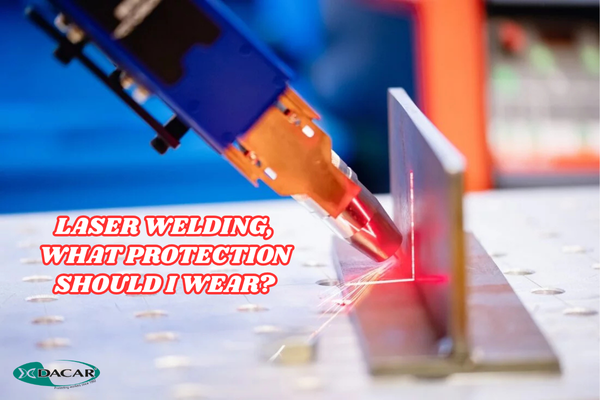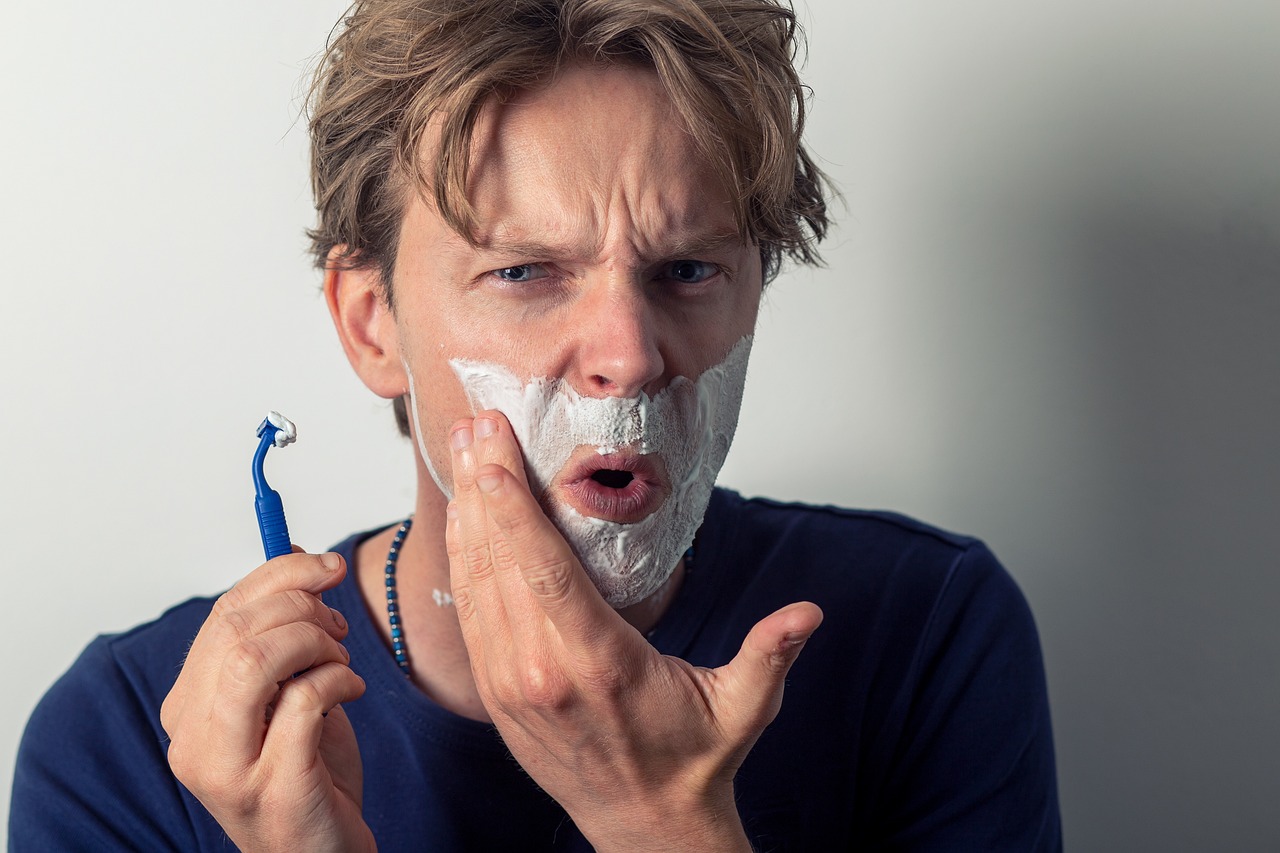Risks exist, we all know that, but good individual and collective protection in the workplace can very effectively reduce the dangers that surround a worker’s day-to-day life. In this section you will find information on how is the best way to protect yourself and what products are suitable to face a working day with maximum safety.
Let’s start by saying that welding involves risks. In addition to all those common to most jobs in the industrial sector: falls of heavy objects, broken hands and feet due to a heavy fall, burns, neck damage … those typical of the profession. We can classify them into three main categories:
Dangerous light radiation
Significant production of highly toxic metal fumes and vapors
Projection of molten metal particles
Eye and skin protection
If the spectrum of light produced by an electric welding arc is analyzed, we will see a significant amount of ultraviolet light, blue light, as well as infrared. Infrared is harmful to the welder, but it does not spread much from its point of emission. However, UV rays and blue light do have a long range and therefore it will be essential, to protect workers from the welder’s environment, the use of welding curtains or some kind of division of the workplace that prevents the spread of those harmful rays. For this, there is a standard that regulates this type of collective protection elements: ISO25980: 2014
The international standard ISO25980: 2014 cancels and replaces the standard EN1598: 2012, and specifies the safety requirements for transparent curtains, stripes and screens used to protect workplaces near areas where arc welding processes are used. These elements are intended to protect personnel who are not involved in the welding process from the danger of radiation emissions and projections produced by the welding arc. It establishes, among others, the values of light transmittance, reflectance, as well as the resistance to combustion allowed. It also establishes a risk factor that cannot be higher than 1 in any case.
As for the welder, prolonged exposure to harmful welding rays will burn the skin and can lead to irreversible damage not only to the welder’s skin but also to his eyes. Therefore, the welder must have all parts of his body protected from the light radiation produced by welding. And not only from light but also must be protected against welding projections, mostly made up of molten metal particles. Welding gloves, footwear and clothing that resist these circumstances are necessary.
When it comes to protecting the welder’s face, welding helmets are a fundamental element. They should not only protect the skin of the welder but also one of the main sensory senses that man has: his sight.
To guarantee the protection of the face and eyes of a welder, it is an essential condition that the welding helmet used meets the requirements of the European standard EN175: 1997 and that the eyepiece also meets the applicable standard.
Today you can find two categories of ocular filters: the so-called passive filters, which are those made of mineral glass, and the filters with a more or less dark tone, also known as inactinic crystals. The darker it is, the more harmful rays are filtered. Passive filters with tones ranging from 9 to 14 are commonly used. These filters are subject to the European standard EN169: 2003. Another filter option to equip a welding helmet, an option that is becoming more and more general every day, is the use of auto darkening filters (ADF) that automatically darken when the welding arc is activated. In this case, it will be essential that said filter complies with the European standard EN379: 2004 + A1: 2010.




